

drag badge here
Spike Magus
gamer level 6
12067 xp
12067 xp
followers
8
8
Use my invite URL to register (this will give me kudos)
https://boardgaming.com/register/?invited_by=spikemagus
profile badges
...
...
...
...
recent achievements

Mask of Agamemnon
Explore select games by completing a series of exploration actions. learn more »
Explore select games by completing a series of exploration actions. learn more »

Rated 100 Games
Rate 100 games you have played.
Rate 100 games you have played.

The Gold Heart
Give 10 Gold Hearts to games that you love.
Give 10 Gold Hearts to games that you love.

Town Crier
Find your favorite games and share them with your friends via the social sharing buttons.
Find your favorite games and share them with your friends via the social sharing buttons.




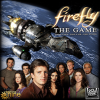

















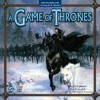











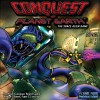


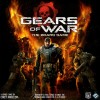
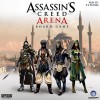







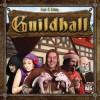




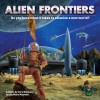





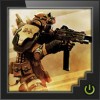







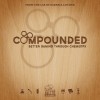















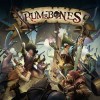




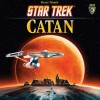
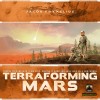


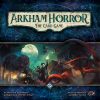







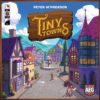

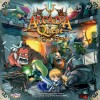




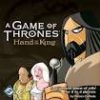
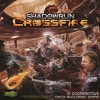




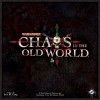


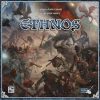
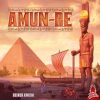


















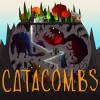



7 Wonders
Overview
7 Wonders is a light civilization-building game for 2-7 players, ages ten and up. Expand resource production, build buildings, grow your sciences, and most importantly construct your wonders. Don’t forget your military, though, because your neighbors certainly won’t! The publisher says it plays in 30 minutes, though my experience is that it takes more like 45-60 with six players. Still, the game moves at a pretty quick pace.
Components
This is a really pretty game. The civilization score cards are robust, with good artwork. The cards seem fairly sturdy, showing no sign of wear after a dozen games. The coins and the military victory tokens are likewise solidly constructed. All of the costs, productions, and conditions on the cards are clearly communicated in a simple graphical representation with minimal text, in a manner that is clean and well-integrated into the artistic design, working smoothly with the art to add to the feel of the game.
Experience
Theme
I’ve played a lot of civilization-building games, which is the category I’d put this into. Never have I come across one that is so simple, yet so flavorful in its execution. You get the drive to collect the necessary resources without fidgeting with tokens, the need to defend yourself against hostile neighbors without complicated and drawn-out combat, and the progression of one construct to the next, all in a game that plays in under an hour. What? Somebody pinch me.
Mechanics
There is a lot going on in this game. The basic mechanic is card drafting: Each player is dealt seven cards in each age, from which they will select one to play, place it face-down in front of them, and pass the rest (passing order alternates clockwise-counterclockwise-clockwise through the three ages). Once all players have made their selection, the selected cards are turned face up, any costs are paid, and the card is deployed to the appropriate location on their score card. Then, the passed cards are picked up and the process is repeated, until the last card in each stack is discarded. This process allows you to consider, especially as the game develops, whether you really want to pass that military card to the vicious warmonger on your left or take the hit of discarding it for 3 gold as your turn instead.
The main thing you’re doing with these cards is building out your civilization. You have the choice of building out resource production to help you continue building later. Many of these items have no cost to build, so they’re a good place to start. You can build trading posts and markets, which allow you to trade with your neighbors more cheaply (1 gold to use one of their resources instead of 2). You can buy military, to gain victory points through being more mighty than your neighbors (or keep them from getting victory points). There are civic buildings that you construct for victory points, and sciences that give you points based on the number and type you collect. In the Third age, there are the valuable “Purple buildings” that generate points based on how many of other building types you have.
Finally, you can construct another stage of your all-important Wonder: I’ve never seen anyone win this game without completing their Wonder, though mathematically it’s possible, especially with the sciences.
Scoring all happens at the end of the game. It takes under two minutes per player to add up remaining money, military points, sciences, etc.
Involvement
Players are continually involved; turns occur simultaneously, so there is no downtime, and there is no elimination in the game.
Interaction
The game doesn’t have a lot of interaction. When choosing cards, you can choose to use or bury a card that might be needed by someone downstream, but typically that’s a bad choice unless it’s the best choice for you otherwise. Only if you’re building a phase of your wonder will you want to burn a card just to keep it out of someone’s hands.
Difficulty
Complexity of game
There’s a lot going on in this game, but the clean design and clear iconography on the components mitigates this exceptionally well. Opportunity cost is implemented without complex juggling of resource tokens, and while there are a lot of ways to score points, players can limit their focus to simplify their options.
Clarity of rules
The rules are some of the cleanest I’ve read; there were a few ambiguities on read-through, but as soon as we played into those situations it became obvious what the text meant. We had no rules issues outstanding by the Third Age of our first game.
Replay Potential
Completeness as base game
With the drafting mechanic, the game is always different. Having seven cities to select from, and two levels of game play to choose between, gives even more variability. You could play this game for a long time before getting bored with it.
Expansions
There are two expansions, Leaders and Cities. I haven’t played with either, but Cities looks like it adds more of an interactive element.
Summary
Pros
Plays in under an hour
High replay potential
Easy to learn
Scales very well
Cons
The military scoring tokens feel a bit fidgety.
We’ve had a couple of players lock up on turns, especially early in the Third Age. I attribute this to focusing too much on
Conclusions
If we didn’t have three copies of this game in our gaming group already, I’d buy it in a heartbeat. I still might, to try and get the family to play it sometime. Being able to get in three games in under 3 hours is awesome.